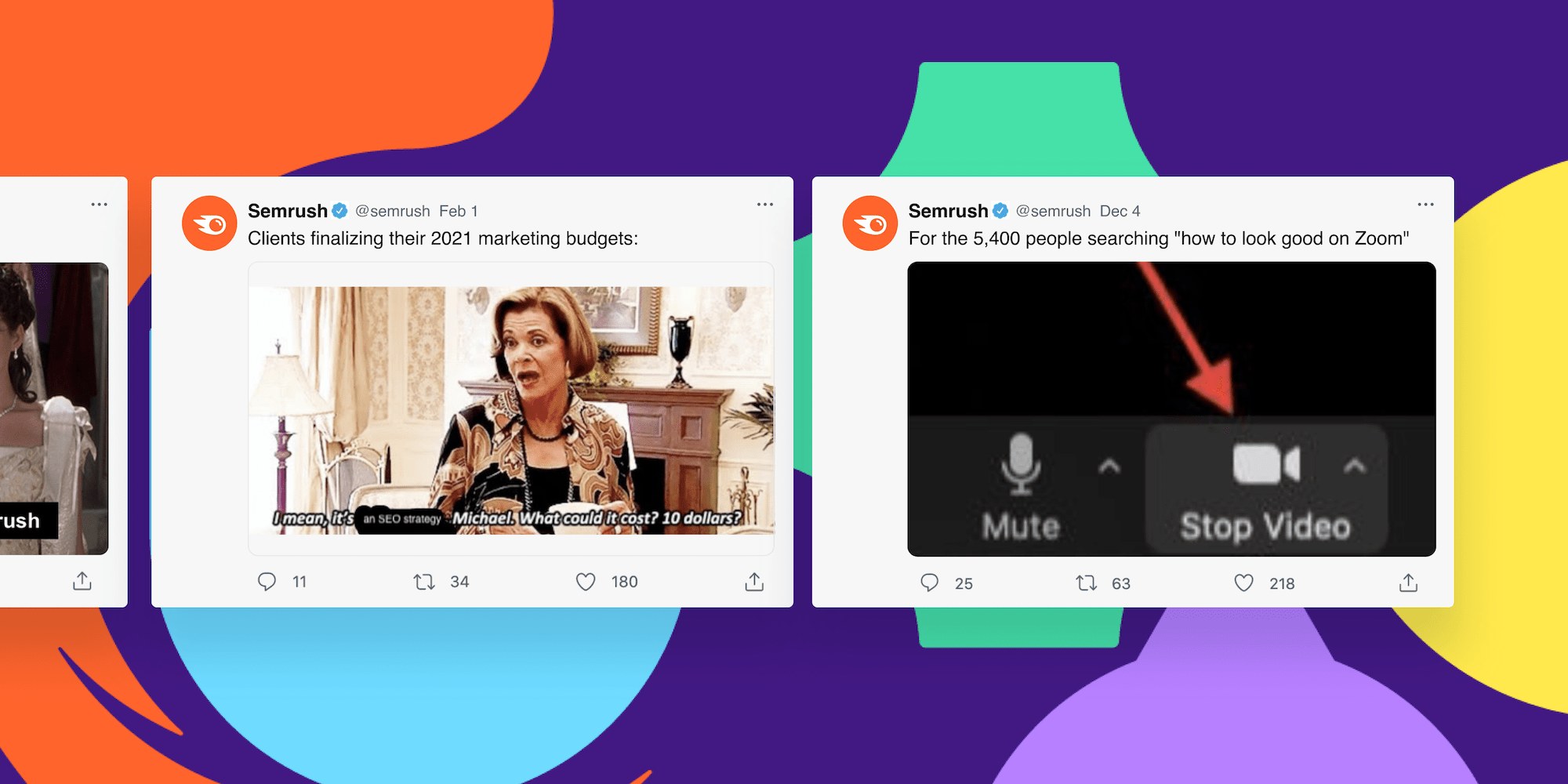Whether you market B2B or B2C, you’re talking to consumers.
But the way you speak to them can make the difference between success and failure – and it doesn’t help that B2B conversations have undergone a radical transformation.
Here’s how.
What’s the difference between B2B and B2C?
When you’re a B2B brand, your audience is other businesses – and when you market, you market to a single person that is responsible for an entire business. Think of Microsoft: while they market Windows to their B2C audiences, Microsoft 365 targets a single person in charge of an office: A CEO, HR representative, an upper-level manager who has a budget to maintain and a list of benefits they expect from their software.
In theory, the way they think about a sale is different to B2C consumers.
In theory, the way B2B brands market themselves needs to appeal to corporate clients: benefits over emotional connection, facts over fiction.

Why do you need to know why B2B and B2C are different?
When we talk about marketing strategies, we need to take audiences into consideration: the people your company targets are who they’ve earmarked as their most important consumer. Understanding how to speak to those consumers makes the difference between a successful marketing campaign and a campaign that blips into existence and leaves without much of an impact – and not much of anything to show for it.

B2B Marketing in a nutshell
B2B marketing has a slower – and a longer – sales cycle. Customers vary, and are less: businesses are much smaller in volume than the masses, and when you account for different industries, the pool of potential customers for any B2B corporation shrinks further.
What matters to a B2B corporation is the bottom line: how much they can get for the amount that they invest.
Marketing to any B2B organisation puts the product at the heart, and people need to take value away from the time they invest in that product or message. When you market B2B, you’re marketing to teach your clients, so content has to give them something to take back.
Think about Hubspot.
Hubspot writes blogs about marketing. Because their primary audience is marketing agencies, their content isn’t SEO-optimised for nothing: instead, they write content intended to show their expertise to the people that matter the most – marketing agencies who they can potentially work with.
And, yes: B2B marketing has to be rational to a certain extent. It has to be on the corporate side of conversation.
But it doesn’t have to be just corporate.

B2C Marketing in a Nutshell
B2C marketing targets everyone.
A B2C marketing strategy has end-users in mind; someone for whom the product or service can enhance their day-to-day life. The sales cycle for B2C is shorter, the volume needed to make a profit less, and marketing messages occur more frequently. B2C marketing messages need a higher rate of conversions in order to profit, and so their messaging can skew towards trying to build a personal relationship with the people they’re speaking to.
With B2C, the message is familiar: your audience knows you, knows your product, and has a place for it in their lives. You don’t need to justify why it should be something they buy, or to talk about the benefits of owning that product, and for every missed conversion, there is another one to take its place.

Do I need a different strategy for B2B and B2C?
Yes.
B2B and B2C marketing strategies address different audiences. While the intent is always to sell and make a profit, the way you market your product has to be different if you’re going to appeal to both the client in the street and the client in the boardroom.
That said, there’s a misconception that B2B marketing has to be dry and dull and corporate.
This isn’t the case. The idea behind professionalism has changed a lot, and we’re seeing a big difference in how B2B marketers approach clients today.

But B2B marketing still has to be boring?
No.
Marketing is fundamentally a game of emotions. Regardless of whether your client is an entire office or a single person, the fact remains that you’re ultimately talking to people; people who are more likely to go with their gut decision whenever they’re thinking of branching out or investing in a product.
And when you build a relationship with your audience, B2B or B2C, that is an emotional element that any client is going to take into consideration, even when they’re making ‘rational’ decisions. If the person in charge of buying for your company has to pick between two products, and one B2B brand has made more of an effort to connect, that B2B brand is going to stand out in their minds.
Most B2B brands have similar services, similar products, and similar clients. Standing out is always going to be a challenge, and with a global playing field to contend with, any little advantage is an advantage you should take.
Building emotional ties with your B2B clients is one of those advantages.
And that’s a cue you can take from B2C marketing.

SEMRush takes on Twitter
Semrush needed to grow its Twitter audience.
The only problem: professionalism is a hard sell for a website that prides itself on 140-character messages and memes and SEMRush didn’t just want to have a conversation; they wanted to go viral and to make sure that they didn’t get lost in the noise on Twitter.
So they talked the talk – literally.
Armed with memes and a hefty dose of snark, SEMRush carved out a niche on Twitter for microcontent that generated over 250,000 impressions in a month and pushed their Twitter engagement rate up to 7.16%. Not bad for an SEO brand talking the talk on a platform most businesses avoid marketing on!

Doconomy
Doconomy is a data expert, and their expertise lies in calculating impact on the environment.
Specifically, they calculate environmental impact for lifestyle, transactions, corporations, and products – and they created a free calculator to allow any brand and corporation to calculate how much their product is going to affect the world.
The 2030 Carbon Calculator was created to solve the biggest problem of impact calculations: how much time, effort, and money it cost. It generates a result in minutes, and allows brands of any size to make decisions that works for them – without the heavy cost normally associated with generating a carbon footprint study.
Conclusion: B2B is a different beast
B2B marketing doesn’t have to be boring. In fact, it shouldn’t be: at the end of the day, you’re having the same conversation as you would have with a B2C client, just on a much bigger scale – and the more you get into the habit of creating a relationship with the people you’re communicating with, the easier it will be to see that relationship change the way your brand looks.




